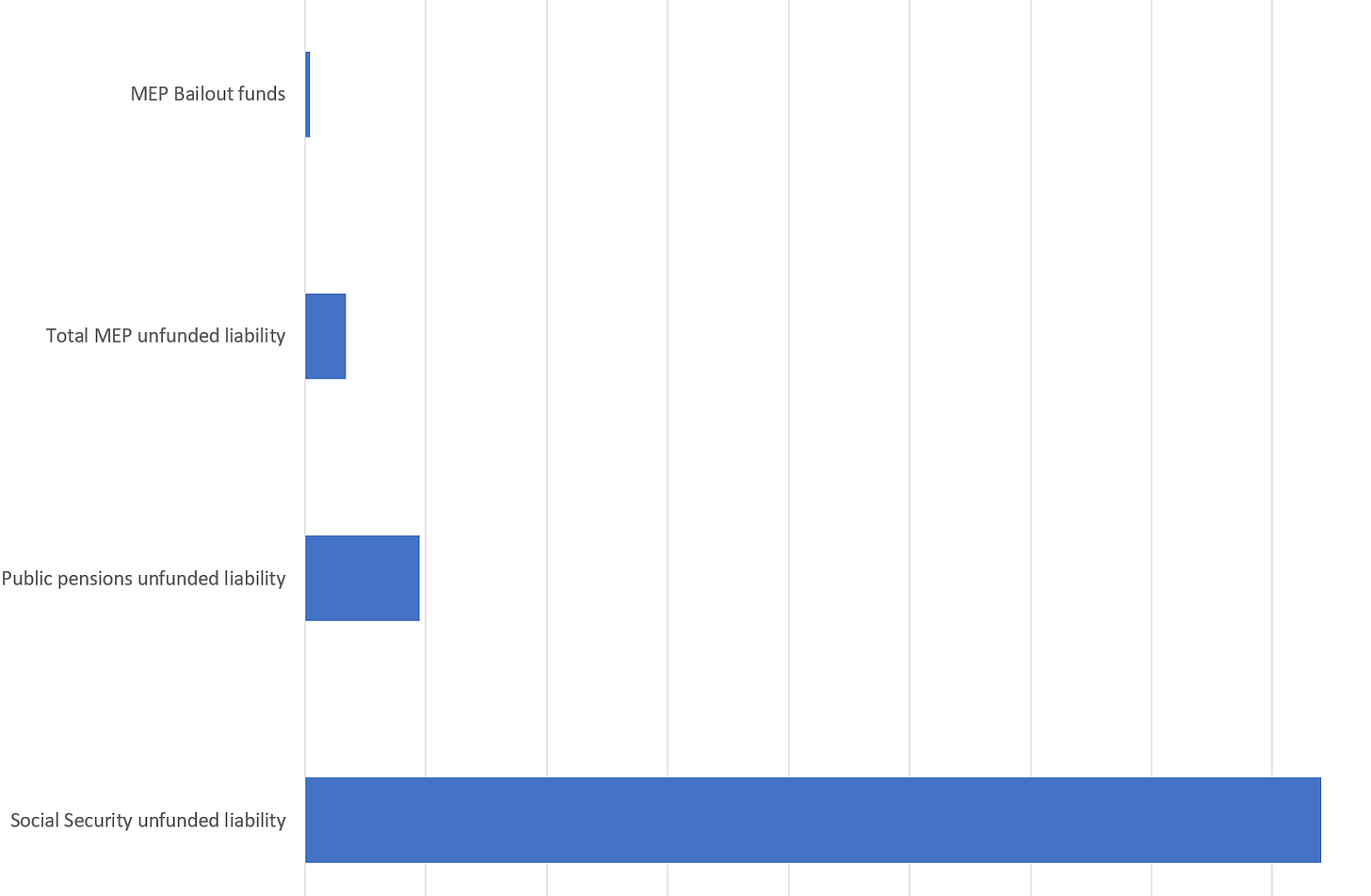Link: https://www.fool.com/retirement/2021/05/18/the-best-reason-to-take-social-security-long-befor/
Excerpt:
Delaying Social Security may mean scoring a higher monthly benefit — but it doesn’t necessarily mean snagging a higher lifetime benefit. In fact, if you pass away at a somewhat young age, you’ll actually lose out on lifetime income by delaying your filing until 70.
Let’s imagine you’re entitled to a monthly benefit of $1,500 at an FRA of 67. If you were to claim that benefit at age 62, it would shrink to $1,050, whereas delaying it until 70 would let it grow to $1,860.
But if you were to pass away at the age of 78, which is considered relatively young given today’s life expectancies, here’s what you’d be looking at in terms of lifetime income:
Filing at 62 would leave you with $201,600
Filing at 67 would leave you with $198,000
Filing at 70 would leave you with $178,560
Author(s): Maurie Backman (TMFBookNerd)
Publication Date: 18 May 2021
Publication Site: Motley Fool


